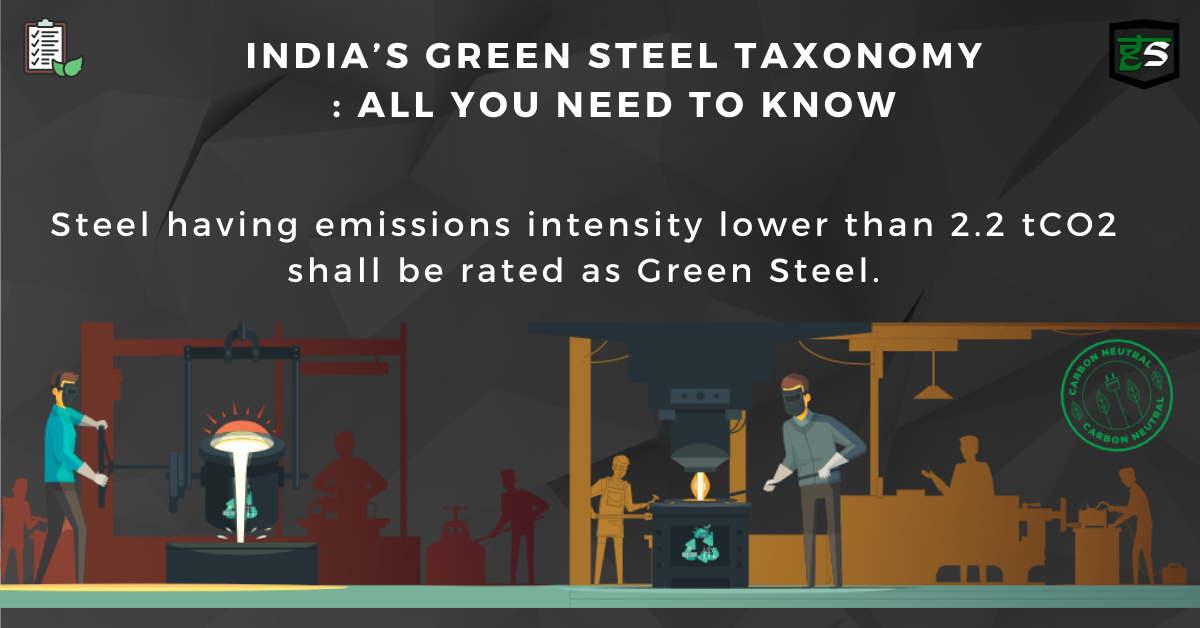Summary

Article Name
India's Green Steel Taxonomy : All you need to know
DescriptionExplore and understand the key aspects of India's Green Steel Taxonomy along with the green steel rating thresholds.
Author
Team GreenSutra
Publisher Name
GreenSutra
Publisher Logo

